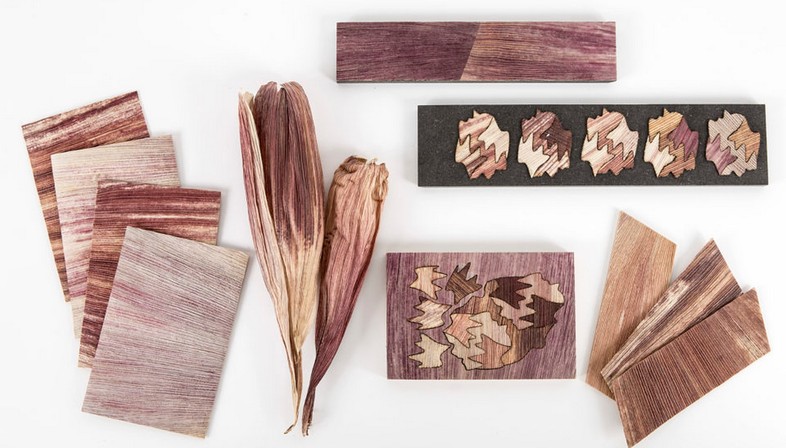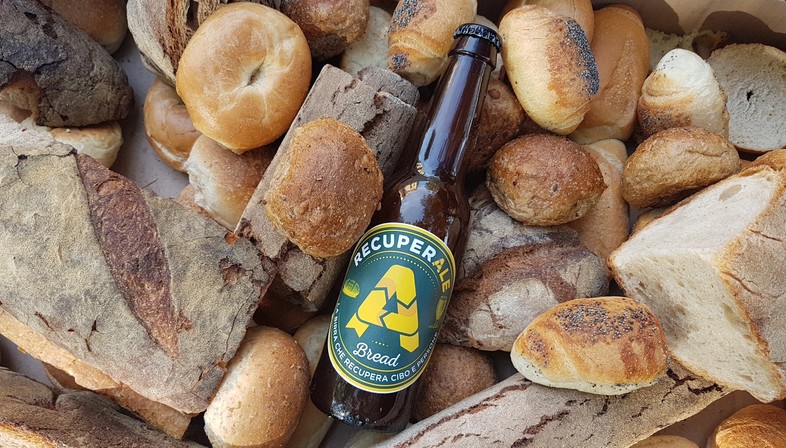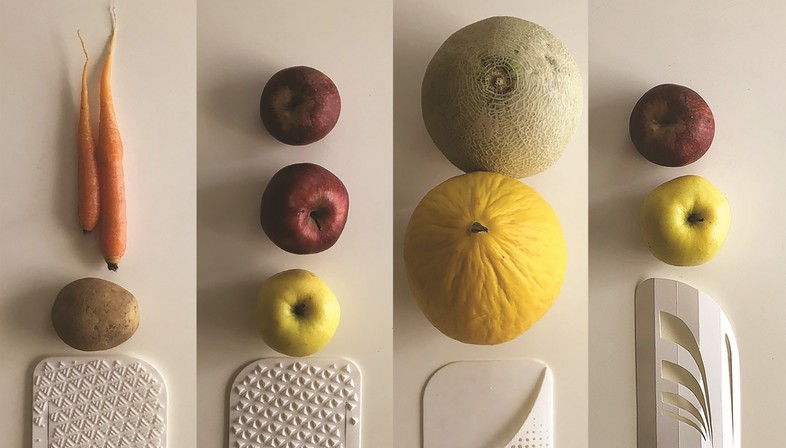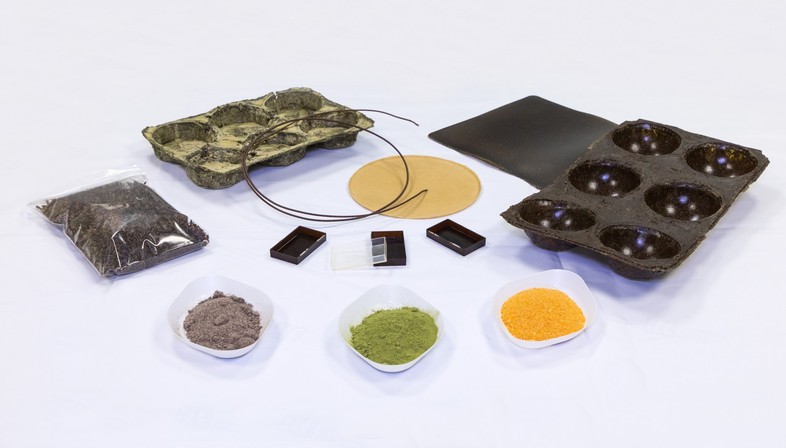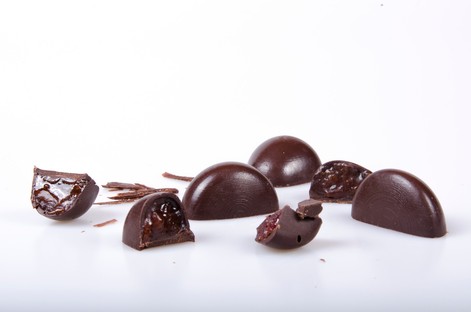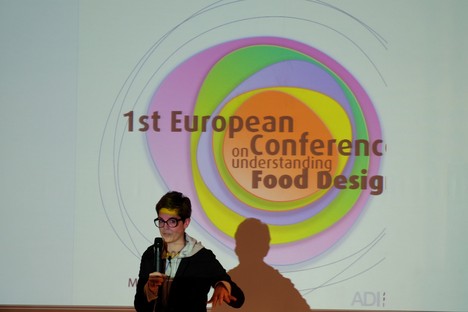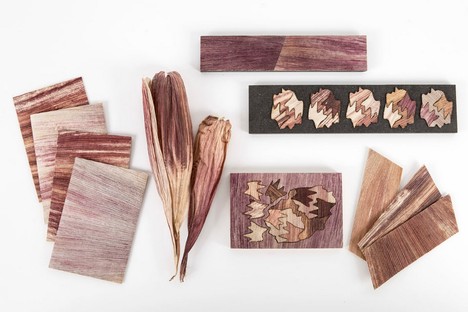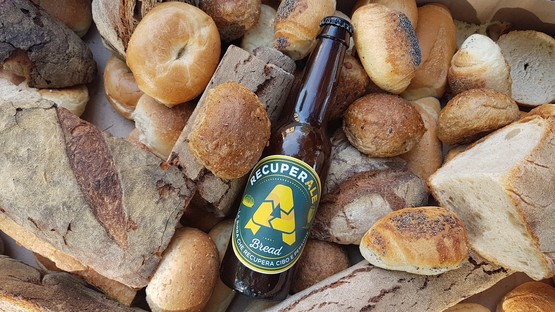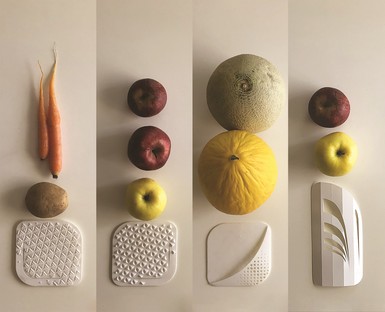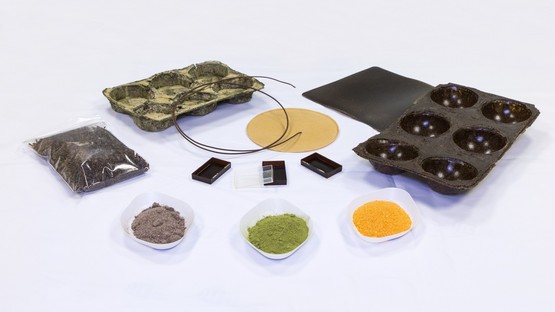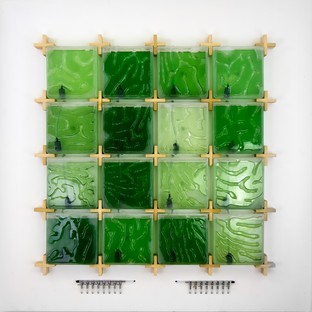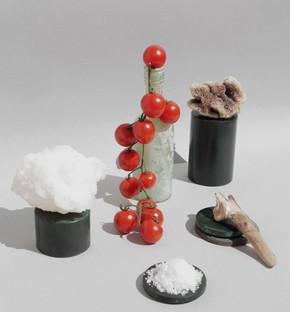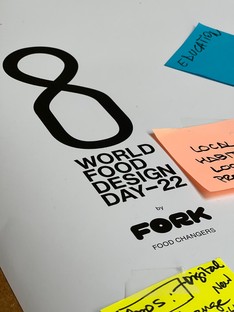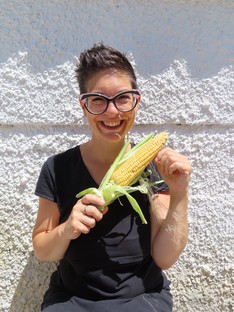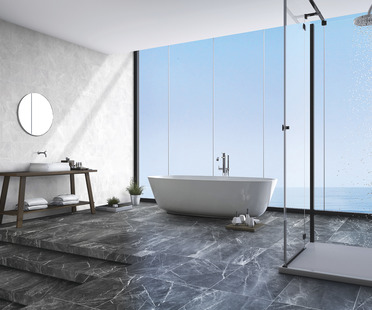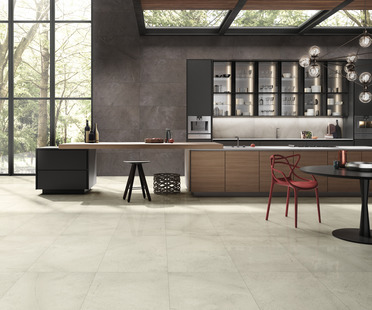01-12-2022
Sonia Massari: “Designing sustainable food is a job for designers”
Sonia Massari, Antonella Galli, Design,
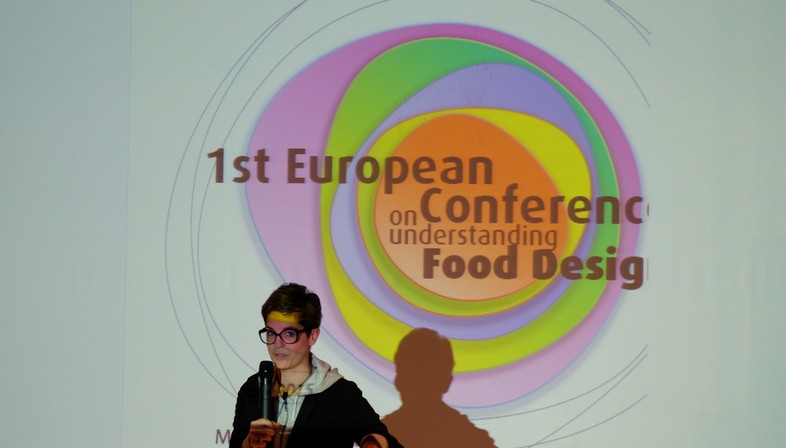
It’s really hard to sum up Sonia Massari’s career, or even to say exactly what she is. Sonia has twenty years of experience as a researcher, university professor and designer in the areas of education, sustainable food and innovation in food and agriculture. She has a PhD in Food Experience Design from the Engineering Department at Florence University, and wrote a thesis combining the importance of education, the food system and digital technologies. She holds posts in a number of different international associations and institutions concerned with processes of knowledge and methodology in the area of design as an approach. Her most recent commitments include organisation of the second edition of WFDD-World Food Design Day this year, included in the 2022 ADI Design Index only a few weeks ago.
The WFDD arose out of an initiative of the Fork – Food Design Organization (in which Fork stands for Food Design for Opportunities Research & Knowledge), a global non-profit organisation which Sonia helped found concerned with food and rethinking dietary systems through design. “In 2021 we decided to hold a day dedicated to food design on the same date as United Nations Food Day, 16 October. This was a sort of provocation, to attract attention to the vital importance of design in the evolution of culture and food production. In response to our call for entries, we collected more than 70 projects from all over the world in a matter of weeks, presented in an online marathon that lasted more than 24 hours without interruption, from New Zealand to South America. Participants included artists, producers, and nutritionists, who used the contribution and methodology of design to add an innovative sustainable touch to their work”.
Sonia Massari is a river in flood, an inexhaustible source of reflection on the theme. She believes the expression “food design” is incorrectly perceived, especially in Italy. “People think that food designers design a dish, or the packaging for a product. In actual fact, the designer ought to be involved right from the start, to innovate in systems and processes, but also in policies, communication channels and the very culture of food. In fish production, for example, or in agriculture, to assess the approach to use of energy and the sustainable transition of supply chains.” The designer is the person with the most appropriate approach to bring about effective change in the system, leading to sustainable processes for the environment and a healthy diet for humans (for it is clear that these two things go hand in hand). It is true that the task of the designer is solving problems, but it is also grafting a new vision onto the situations in which he or she is required to work. “Higher education in Italy today permits a number of different approaches; there are a lot of food designers, but the risk is that they will not be understood and absorbed on the job market,” points out Sonia Massari, “because the system does not recognise their importance. Even just coming up with a menu is a matter of design: you have to identify everything there is behind it, involve the local territory, for example, and assess the potential implications of certain decisions for education and innovation.”
The turning point, at least in Italy, was definitely Expo 2015, which attracted a lot of interest and awareness to food as a very important part of civilisation and world economies. Sonia Massari also creates training programmes: “The first master’s programme in Food Design after Expo was held in Milan,” she recalls, “and then all over Europe and even in South America. I participated in the opening of all these master’s programmes. We were looking for a pedagogical approach that would create opportunities, in a context in which everything we needed was already in place. Design has the ability to ‘connect the dots’, creating new opportunities on the basis of experience. In an agriturismo, which offers a farm-to-table experience, for example, a designer can restore its primary vocation, agriculture, with an impact on identity and communication, creating an ecosystem supporting the activity. This is the food designer’s true task”.
Antonella Galli
Captions
Photos: Courtesy of Sonia Massari
01 Autoctonario Chocolate: a project by two Uruguayan designers to reintroduce native fruit varieties no longer available on the market. Courtesy of Autoctonario
02 and 10 Among her other research and teaching positions, Sonia Massari held the post of co-director at the first European Conference on Food Design for ADI in Milan in 2015.
03 Totomoxtle by Fernando Laposse. Coating bio-material derived from the leaves of ancient Mexican varieties of maize. Credits Fernando Laposse
04 RecuperAle, a craft beer made from quality surplus food (bread) that would otherwise have been wasted, made with prison inmates as part of a work experience programme created to support the social impact of EquoEvento and Vale la Pena, the two non-profit associations behind the project. Photo courtesy of Equovento and Vale la Pena.
05 Draft thesis: Kitchen utensils that teach us not to waste; credit Monica Bortolussi
06 Istituto Italiano di Tecnologia IIT (Italian Institute of Technology) in Genoa, study of bioplastics from vegetable waste. Photo courtesy of IIT
07 The Coral: domestic production of seaweed for human consumption and air purification. Sixteen cells permit a continuous harvest on the basis of a two-week cycle. Courtesy of The Coral
08 S/Zout by Studio H (Cape Town, South Africa): vegetables cultivated with salt water. The studio worked with Salt Farm Texel, a Danish company specialising in crops that can grow with salt water, in response to the global water shortage. Photo courtesy of Studio H.
09 The logo of World Food Design Day 2022, created by FORK (Food Design for Opportunities Research and Knowledge), an international non-profit food and design company co-founded by Sonia Massari










